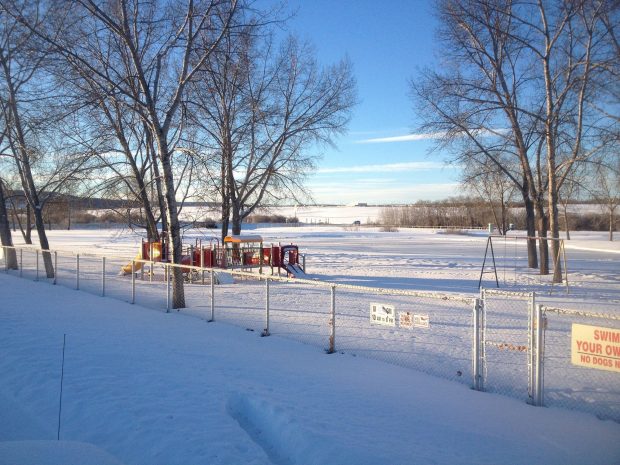Horse Racing Dawson Creek Photo SimonSees.com
Dawson Creek
Dawson Creek is the southernmost terminus of the Alaska Highway in the Northern British Columbia region, and for this reason it is sometimes called, “Mile 0 City”. It is also the westernmost terminus of the Northern Alberta Railway.
The community has a lot of cultural significance to Canada which can be seen by exploring one of the many heritage activities. Enjoy a self-guided, historic walking tour of the area and experience numerous murals on the walls of the city buildings, displaying the city’s historic, vibrant, and quirky past. Tour the Railway Station Museum to learn about the history of the region. Visit the Dawson Creek Art Gallery to see exhibits featuring the culture of the area. Explore the Alaska Highway house and the Walter Wright Pioneer house to get a glimpse of life in a boomtown.
Being situated at the union between the Boreal Forests and the Taiga Plains, provides unique views of natural landscapes and wildlife. The rolling golden plains give way to lush woodlands, steep valleys, cliffs, and a variety of rivers where an assortment of birds and animals can be found. This makes the region a prime location for birders. There are many marked trails through the region that allow visitors to experience this unique landscape. Visitors can also enjoy the region’s natural beauty over a round of golf at one of many golf courses.

Location
Dawson Creek is centrally located in the Peace River Country in the northeast corner of British Columbia. It is at the junction of four major highways (Hwys 97N, 97S, 2, and 49) and 73 km (45 mi) south of Fort St. John, 57 km (35 mi) south of Taylor, 460 km (285 mi) northeast of Prince George.
A Step Back in Time
The area around British Columbia’s Peace River Country remained largely unsettled by pioneers until 1912. At that time the Canadian government opened the land for homesteading. As settlers from North America and Europe arrived over the next decade, Dawson Creek became the area’s main business centre. It remained a small community with a population numbering in the hundreds until 1941, when the Japanese attacked Pearl Harbour. Mindful of the need to protect North American sovereignty, the American and Canadian governments agreed to build a road linking northern Canada and Alaska.
Dawson Creek was designated as “Mile Zero” for the Alaska Highway, and thousands of military and civilian workers poured into the village, turning it into a boom town. The village experienced more growth after work on the Alaska Highway had been completed, into the 50s. This was due to the construction of links to other parts of BC which included a railway and two more highways.
In 1958, Dawson Creek achieved city status. Today, Dawson Creek is a city of 12,000 with an economy based on agriculture, forestry, oil & gas and tourism.
Dawson Creek and Nearby Accommodations
British Columbia Lodging and Campgrounds Association Members
List
Map



